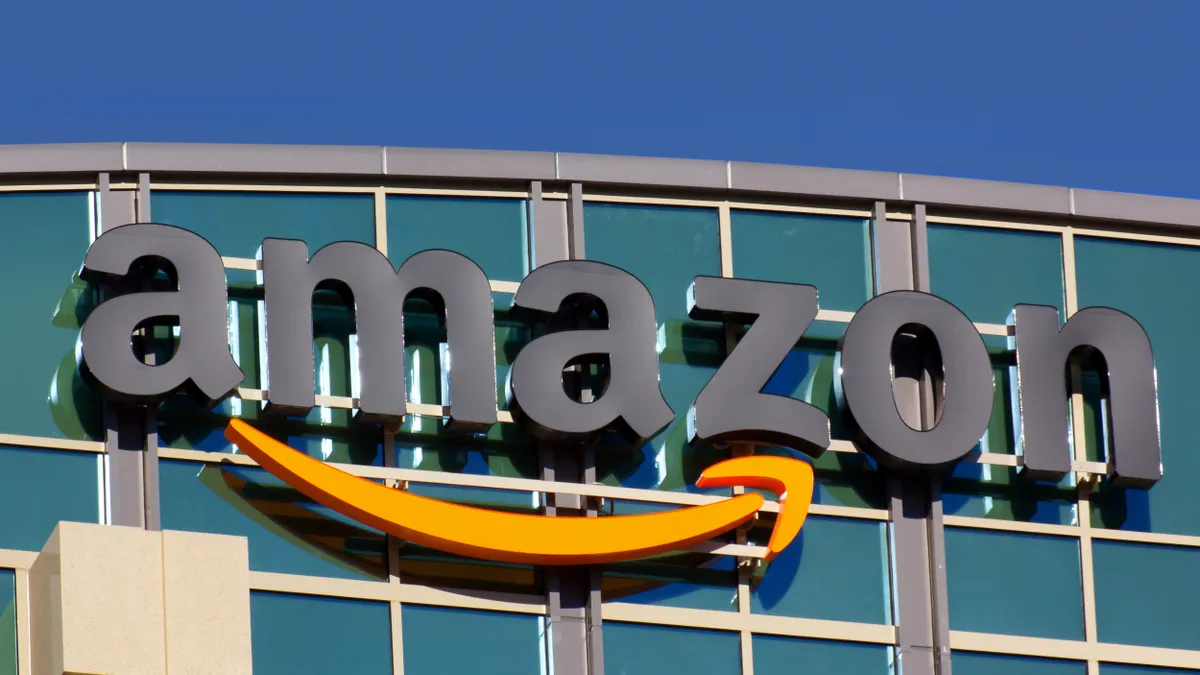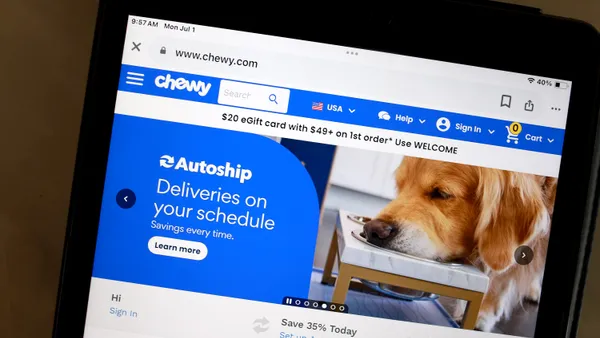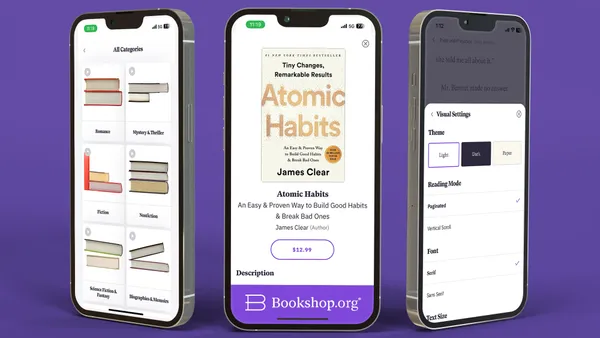Dive Brief:
-
Analysts this week suggested that Amazon has more growth potential than many onlookers realize. For example, MKM Partners analyst Rob Sanderson told Barron’s Thursday that Amazon this week surpassed Facebook as the sixth-largest U.S. company by stock market value: With more room for growth than any other company, and with “two of the largest secular growth opportunities” in retail and cloud computing, Amazon could reach number one by 2020, Sanderson added.
-
At the same time, Bernstein analyst Carlos Kirjner said Thursday that he estimates that the Amazon Prime membership program, once thought to be a loss leader, now generates annual incremental operating profit of approximately $115 per user each year, according to financial news site Benzinga.
-
Kirjner calculates that there are 58 million to 69 million Prime members globally, including about 8 million on free trials.
Dive Insight:
There are multiple factors supporting MKM analyst Sanderson's belief that Amazon could eclipse all other U.S. companies by 2020. Barron's notes Amazon controls a 35% to 40% share of the U.S. e-commerce segment, and JPMorgan analyst Doug Anmuth estimated last month it could rise to 50% by 2018. E-commerce itself currently represents about 11% or 12% of all retail, but is expected to reach 14% by 2018, meaning Amazon is on pace to become an even bigger player in a still-growing space.
Amazon is also still gaining momentum in key categories like apparel. John Blackledge, analyst at investment bank Cowen & Co., believes Amazon will displace Macy’s as the largest U.S. apparel retailer by 2017.
When it comes to Amazon Prime, Kirjner—like other observers—must rely on best guesses based on data he could collect. His numbers derive from analysis of Amazon revenues as well as user surveys, according to Benzinga.
Kirjner found that Amazon Video is an important driver for the program. “In the US alone, at least ~60% of Prime users can be considered monthly users of Amazon Prime Instant Video,” he wrote in his report, according to Benzinga. “In the UK, that number is ~65%.”
And Prime’s growth doesn’t appear to be abating, notes Pam Goodfellow, principal analyst and consumer insights director at Prosper Insights. Prosper’s May survey of more than 7,000 consumers found Prime membership rose 6.5% month-over-month to 33.5% of U.S. adults, a new high, and to 39% of Target customers.
Prosper also found that Target’s customers are 25% more likely to be Prime members than Wal-Mart customers are. In addition, Target shoppers are most likely to mull (and purchase) the full $99 per Prime year membership package, rather than the cheaper monthly options that provide access to streaming services, because of the annual membership’s access to free two-day shipping and same-day delivery options.
















